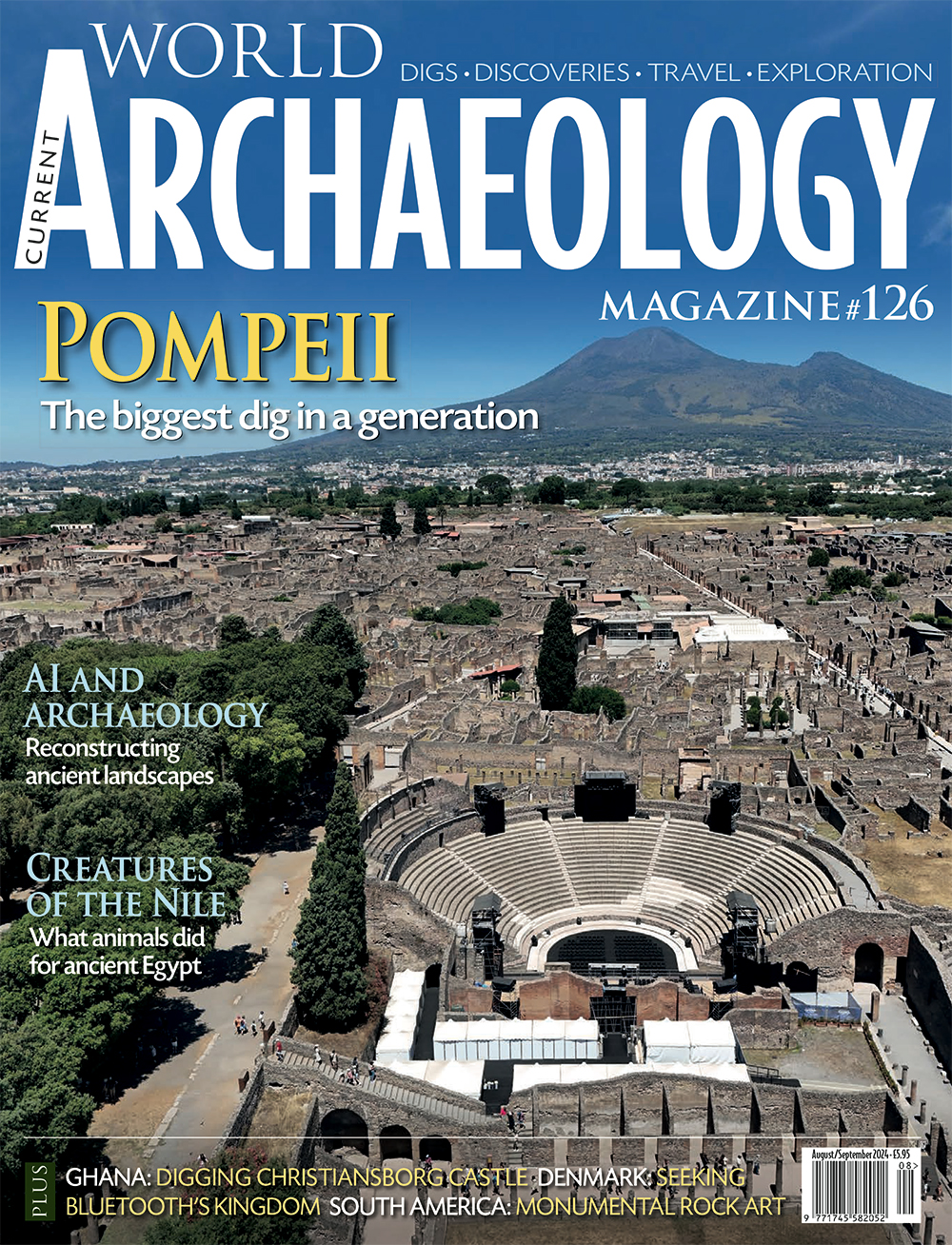Pompeii continues to amaze. The tragedy that befell the city in AD 79 famously preserved powerful and poignant snapshots of everyday life. From family homes ablaze with f lamboyant frescoes to the gritty realities of industries reliant on hard manual labour, Pompeii has it all. Now the largest dig in the city for a generation has unearthed a property that brings together both of these facets: a combined bakery and residential complex. It offers plenty of grist for the mill when it comes to understanding the range of lifestyles on offer in a Roman city.
The rich variety of animals in ancient Egypt also had an enormous influence on day-to-day life. From a source of food and raw materials to handy ways to make divine powers tangible, the human kingdoms that developed along the Nile owed a great deal to the animal one. This was not a one-way street, though, and current research is highlighting the decisive impact that humans had on the creatures of the Nile.
Human treatment of fellow humans is under investigation at Christiansborg Castle, Ghana. The origins of this stronghold can be traced back to the 17th century, and an inscription within it alerted Rachel Engmann to an unsuspected family link to the site – and the slave trade. Excavations are now helping a community to understand their past.
Artificial intelligence presents a way to get a fresh take on the ancient world. Environmental evidence from Etruscan and Roman cities in Italy is being combined with knowledge of the terrain to create digital impressions of lost landscapes. We take a look at what AI can achieve with archaeological data.
Finally, in our travel section, Richard Hodges has been exploring Bluetooth’s kingdom. While the 10th-century Viking king is now synonymous with wireless internet, this transformative figure also left a rich and varied archaeological legacy in Denmark.

